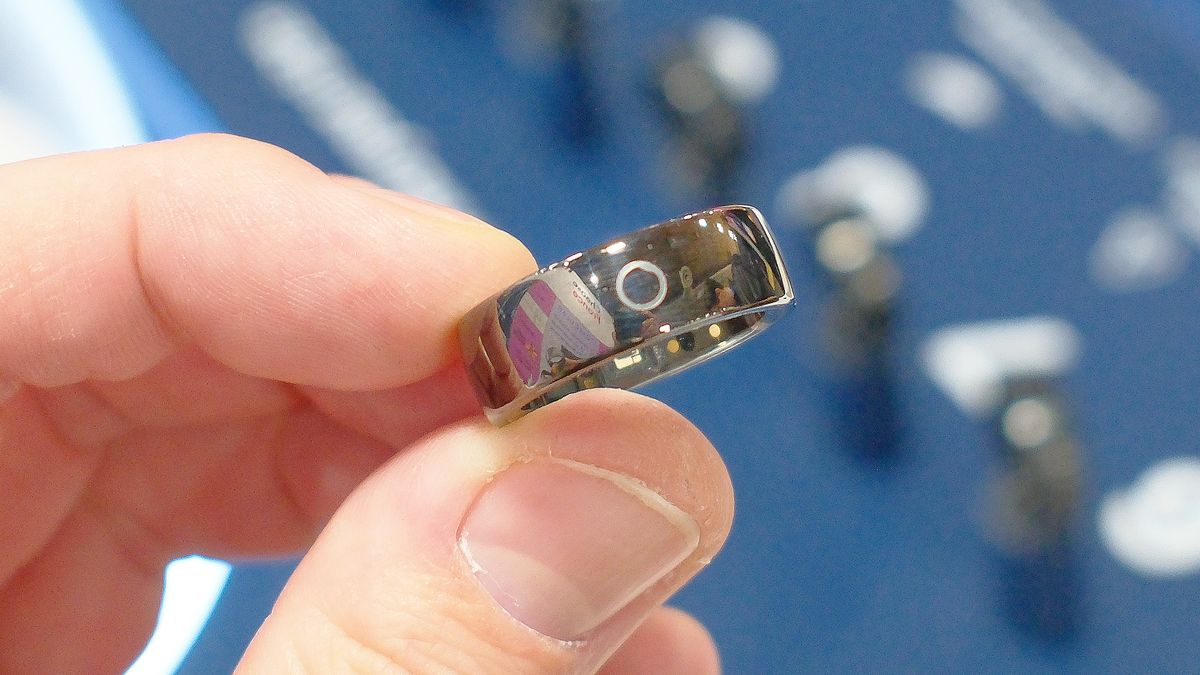They say cats have nine lives, so I went nine rounds with this popular yoga pose every day for two weeks to see what, if anything, I noticed change. It’s cat-cow, of course.
Cat-cow pose — Marjaryasana Bitilasana in Sanskrit — is built into yoga sequencing to mobilize the spine, open the back and stretch the upper body, including the abdomen. It’s now used in warm-up routines for a wide range of workouts because its mobilizing and strengthening qualities are just that good.
I’ve been surprised by how nine rounds of cat-cow have made me feel each morning. Here’s what happened when I gave it a try every day for two weeks, and why I’m sticking with it.
How to do cat-cow pose
Cat-Cow Yoga Pose - Yoga With Adriene - YouTube

I recommend rolling out one of the best yoga mats for home practice so you can support your hands and knees in the tabletop position. From here, start with a neutral spine (flat back) and follow the steps below to learn how to do cat-cow:
- Stack your shoulders over your wrists, hips over your knees and position your knees hip-width apart, hands shoulder-width apart
- Send your gaze downward
- As you inhale, push your belly toward the mat and send your chin, chest and gaze up toward the ceiling; this is cow
- As you exhale, draw your chin toward your chest and belly button toward your spine, and push your upper back toward the ceiling; this is cat
- Use your breath to guide your body gently between cat and cow while moving with control and to the end range of both poses.
Yoga is principally about your breath (pranayama) even above the asanas, or movements, found in the practice. Connecting body and breath positively impacts the nervous system and helps you move and align properly.
We know from the ever-growing research that breathwork can reduce anxiety and improve stress levels and mood; in the case of cat-cow, try to inhale as you lower the belly button and exhale as you draw your stomach back in.
As you move, so does your spine, but you’re only looking for a soft arch and hollow (flexion and extension) to guide it through this range of motion. Unlike my gingerbread eating habits during the holidays, nothing should be excessive here.
Is cat-cow good for you?
Cat-cow is a true spinal mobilizer and can relieve back tension. Plus, it’s super accessible for most yoga beginners, unless you’ve been told it’s a contraindicated exercise for you. Some yoga instructors even use it to aid symptoms of sciatica.
Here’s what happened when I added it to my daily routine for two weeks.
I felt a lot calmer
Before doing anything else, I’ve been rolling out a mat each morning, performing rounds, then splashing cold water onto my face and continuing my morning routine. And wow, does it make me feel calmer.
As I mentioned, breathwork and yoga have a positive impact on the nervous system. That’s because the combination of guided movement and breathwork can help regulate the autonomic nervous system by moving you into the parasympathetic — the strand of the system designed for calm, rest and repair.
Cat-cow helps to regulate the breath as you inhale through cow and exhale through cat. Just nine very slow and controlled rounds have been transformative for my mindset each morning. Given I am neurodiverse, these are the sorts of habits I should be engaging in rather than doom scrolling on my phone.
It unstuck my sticky back
The mobility exercise improves range of motion in the upper body. In the cat phase, you shift into the back body by stretching the back, neck and shoulders, and cow helps stretch and open the stomach, chest, hips and front of the neck. This means it’s a full-body exercise.
Nine daily rounds helped open my body and unstick my tight back before another long stint at my desk writing. Speaking of which, I recommend giving these desk exercises a try if that sounds familiar.
I learned more about my form — but continued to move intuitively
I’m not a certified yoga teacher and I certainly haven’t put in my 200-hour training (although I have definitely racked up as many classes), so I can’t be corrective in the same way I can when teaching fitness classes.
That said, I wanted to dig deeper into proper alignment, so did a little research. It turns out that some minor tweaks could give me more bang for my buck when performing cat-cow.
When drawing the belly button downward, it’s common to push through the hips and press the stomach down, putting pressure on the lower back; this is particularly true when trying to move as deeply as possible into the posture.
I learned to move to my own end range of motion, which may look very different to someone else. In short, don’t force it. Cats might have nine lives, but my back certainly doesn’t.
Instead, I moved intuitively, learning to ripple through the tailbone to the neck, practicing more gently on stiffer days and only creating space where my body allowed. I now try to move through the entire spine, not just flexing and extending at the lumbar spine and driving through the hips.
Verdict
After a few weeks of cat-cowing every darn day, I honestly still feel great. It’s a really gentle way to get your body moving and prepare your back for more vigorous movement while activating your core and stretching your whole body. So, what’s not to love?
I’ve learned from yoga teachers that placing your hands on blocks can be useful for your range of motion, or you can practice seated cat-cow to take pressure off your knees if you want to try cat-cow but need less impact.
The key to a successful cat-cow is avoiding excessive anything. That includes not forcing your back, neck, or chin upward or downward and controlling both phases of the move at all times, moving through your entire spine. So far, I’m more relaxed and stretched out each morning, so I think cat-cow might be here to stay.
Disclaimer
If you suffer from neck pain, are pregnant, post-natal, or suffering from an injury, speak with a qualified medical physician or yoga instructor first before trying a cat-cow pose.
More from Tom's Guide
- This one-minute stretch opens your hips and builds upper body flexibility
- The best exercises to do if you have sciatica
- I did 70 weighted push-ups every day for a week — here’s what happened to my upper body





















 English (US) ·
English (US) ·